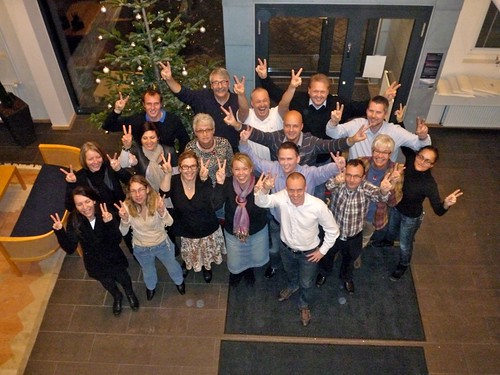This beautiful comment from Seth Godin struck a raw nerve with me.
In the ongoing discussion that I have been having on this blog and with clients about the meeting market we also need to ask that question: is it a broken market?
Read this and tell me what you think:
What every mass marketer needs to learn from Groucho Marx
Perhaps the most plaintive complaint I hear from organizations goes something like this, “We worked really hard to get very good at xyz. We’re well regarded, we’re talented and now, all the market cares about is price. How can we get large groups of people to value our craft and buy from us again?”
Apparently, the bulk of your market no longer wants to buy your top of the line furniture, lawn care services, accounting services, tailoring services, consulting… all they want is the cheapest. The masses don’t want a better PC laptop. They just want the one with the right specs at the right price. It’s not because people are selfish (though they are) or shortsighted (though they are). It’s because in this market, right now, they’re not listening. They’ve been seduced into believing that all options are the same, and they’re only seeing price. In terms of educating the masses to differentiate yourself, the market is broken.
Fixing this is almost always a losing battle. Just because you’re good at something doesn’t mean the market cares any longer.
The Marx Brothers were great at vaudeville. Live comedy in a theatre. And then the market for vaudeville was killed by the movies. Groucho didn’t complain about this or argue that people should respect the hard work he and his brothers had put in. No, they went into the movies.
Then the market for movies like the Marx Brothers were making dried up. Groucho didn’t start trying to fix the market. Instead, he saw a new medium and went there. His TV work was among his best (and certainly most lucrative).
It’s extremely difficult to repair the market.
It’s a lot easier to find a market that will respect and pay for the work you can do. Technology companies have been running this race for years. Now, all of us must.
If Wal-Mart or some cultural shift has turned what you do into a commodity, don’t argue. Find a new place before the competition does. It’s not easy or fair, but it’s true. You bet your life.
[Please note that nothing I wrote above applies to niche businesses. In fact, exactly the opposite does. You can make a good living selling bespoke PC laptops or doing vaudeville today, even though the mass of the market couldn’t care a bit. How he got in my pajamas, I’ll never know…]
Blatantly copied from one of my favorite blogs Seth Godin – read more here
